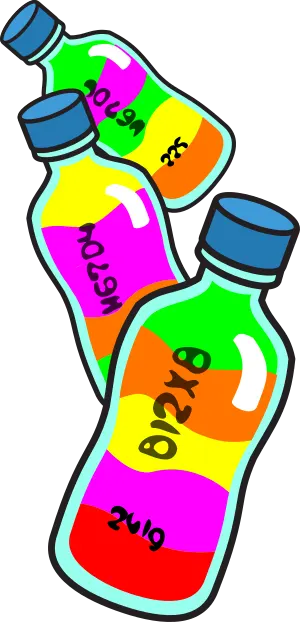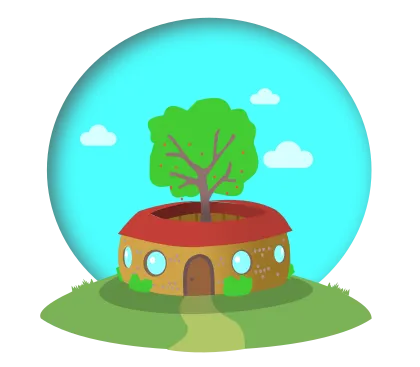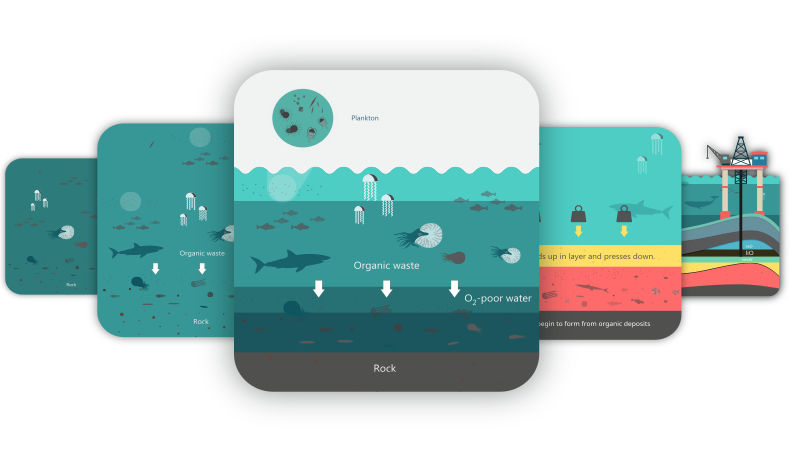Ecobricking is a way to capture abundantly available used plastic in order to realize great and green projects that keep plastic out of industry and out of the biosphere.
An ecobrick is a plastic bottle packed solid with clean and dry used plastic. Ecobricks are made manually to a set density to sequester plastic and create reusable building blocks that can make furniture, gardens and structures. This keeps plastic from degrading into toxins and microplastics and out of high-energy, high-emission industrial processes. Best of all, the hands-on process of ecobricking deepens our awareness of these issues and their regenerative alternatives– what we call plastic transition.
Once many ecobricks are available, they can be put to short-term use in modular units, lego-furniture and open spaces. Later, our ecobrick can also be put to long-term use in earthen gardens and structures. In their making and application, ecobricks embody regenerative principles and an ayyew vision that is based on follow the Earth's example of securing loose carbon to green the biosphere.
Ecobricking Standards
The GEA maintains standards for ecobricking that are divided into six categories.
The Global Ecobrick Alliance (GEA) advocates ecobricking as means of petro-capital transition and plastic sequestration.
The GEA maintains standards for ecobricking that are divided into six categories based on the GEA’s six criteria for plastic sequestration. The GEA's ecobrick standards ensure that the criteria of plastic sequestration have been met and that our ecobriking is in line with the principles of Earthen Ethics. This way, we can be sure we are following Earth’s example of green, carbon care..
An ecobrick must fulfil the following crieria:
- Be created by a not-for-profit, for-Earth motivation.
- Manually compact and secure used plastic into a transparent, building block that can be indefinitely reused in the short and long term.
- Result in more plastic and CO2 being subtracted from the biosphere than was added by the process of making
- Result in building applications that contribute to the maintenance and encouragement of biodiversity
- Raise the individual and collective ecological consciousness of those involved in the process.
Plastic that has been packed according to these standards and authenticated as such is considered by the GEA as a valuable ecological contribution. The GEA maintains the Brikcoin blockchain and the GoBrik platform to enable the authentication of ecobricks according to these standards. Authentication results in commodification of authenticated ecobricked plastic.
Currently, the GEA recognizes three types of ecobricks, regular ecobricks, cigbricks and ocean ecobricks. See below the technical standards for each type of ecobrick.
Ecobricking and sequestration standards were developed by ecobrickers around the world and have been refined and are maintained by the GEA.
ℹ️ Learn more about criteria of plastic sequestration.
ℹ️ Learn more about Earth's example.
Regular Ecobricks
A PET bottle packed with plastic
Normal ecobricks are made with any size of transparent PET plastic bottle. The bottle and the packed plastic are clean and dry to prevent the growth of bacteria. Typically, ecobrickers use a wood or bamboo stick to manually pack plastic into the plastic bottle. Plastic is cut or ripped into small pieces then packed little by little, alternating between adding the plastic and compacting it, layer by layer. The bottle is rotated with each press to ensure the plastic is evenly compacted throughout the bottle. This helps prevent voids and that the packing reaches the requisite solidity needed for a building block applications.

Completed ecobricks are packed solid enough that they can bear the weight of a person without deforming and to prohibit easy flammability while maximizing its durability and re-usability.
To be an ecobrick, the following standards must be met:
- The ecobrick is made using a transparent plastic (PET) bottle
- The ecobrick is only packed with used plastics that are clean and dry.
- The ecobrick’s density is higher than 0.33g/ml.
- The ecobrick must have a density of 0.70g/ml or less
- The ecobrick is sealed tight with a screw down lid.
- Care has been taken taken to prepare the ecobrick as a reusable building block:
- The label has been removed and ecobricked.
- A uniform colored plastic has been given to the ecobrick's bottom.
- The weight has been permanently recorded on the outside.
Only when these ecobrick standards are met can the plastic inside be considered to be sequestered.
ℹ️ How to Make
View our 10 Step Guide on Making an Ecobrick.
Cigbricks
Plastic sequestration for cigarette filers.
Cigbricks are a class of ecobrick to secure the potentially toxic plastic/acetate of the cigarette filters-- one of the most prevalent and damaging of all plastic pollutants. Cigbricks are made exclusively from the packed acetate filters of cigarette butts once the paper and ash has been fully removed.
To be a Cigbrick the following standards must be met:
- A density higher than 0.29 g/ml
- A maximum density of 0.70g/ml
- Only packed with acetate cigarette butts – the paper and ash have been removed.
- The cigbrick is sealed tight with a screw down lid.
- Care has been taken to prepare the cigbrick as a reusable building block:
- The label has been removed and ecobricked.
- A bottom color has been added
- The weight has been recorded on the outside.
Only cigbricks that meet these standards can be authenticated and count as sequestered plastic.
ℹ️ About CigbricksLearn more about Cibricks.
Ocean Ecobricks
Sequestration for plastic collected from beaches, ocean and rivers.
Ocean Ecobricks are a class of ecobrick designed for plastics found on beaches, rivers and in the ocean. These plastics tend to be large, chunky, dirty, and wet and are not suited to make a regular ecobrick. The Ocean Ecobrick technique enables these plastics to be easily transformed into a practical, useful, and reusable building block.

To be an Ocean Ecobrick the following standards must be met:

- A density higher than 0.25 g/ml
- A maximum density of 0.70 g/ml
- Are packed with as much plastic as possible
- Sealed tight (but not air tight).
- Care has been taken to prepare the ocean ecobrick as a reusable building block:
- The bottle's label has been removed and ecobricked.
- A bottom color has been added
- The weight has been recorded on the outside.
Only ocean ecobricks that meet these standards can be authenticated and count as sequestered plastic.
ℹ️ Make an Ocean EcobrickCheck our page all about Ocean Ecobricks.
Personal & Community Empowerment
Ecobricking is both an individual and collaborative endeavour. It unites across class, continents, and cultures around the shared intention of caring for the local and global biosphere. The personal ecobricking process raises awareness of the consequences of consumption and the dangers of plastic to accelerate plastic transition. The collaborative process gives individuals and communities hands-on experience of regenerative living and points in the direction of other regenerative technologies, such as earth building and permaculture.
Learn More
The Global Ecobrick Alliance has developed extensive, free, and open-source resources (like this page!) to get you started ecobricking right. Our goal is to empower you and your community with the know-how to make ecobricks and build with them. The pages on this site are the result of years of research, experimentation, and trial and error by plastic transition leaders around the world.
Bon usage
La construction d'Ecobrick nous permet de faire bon usage de notre plastique à court terme, tout en le sécurisant à long terme hors de l'industrie et de la biosphère.
Construire
Possibilités de construction

Séquestration du plastique
La GEA préconise la construction en briks écologiques pour séquestrer le plastique. Seules les constructions qui suivent les meilleures pratiques, incarnent les principes de la Terre et utilisent des éco plastiques séquestrants de briques authentifiés.
En savoir plus
Get Earthen
Receive our bi-monthly Earthen newsletter and follow the latest developments in the plastic transition movement.
Free + access to Earthen resources

Transition plastique
L'Ecobriquage est une technologie de transition. Plutôt que de considérer le plastique comme un "déchet", nous le considérons comme un élément constitutif de nos visions les plus vertes!
Principes terrestres
Nos principes sont basés sur l'exemple de la Terre pour que nos produits et processus sont en spirale, séquestrants, réciproques, diversifiés et sensibilisants.
Nos principes




